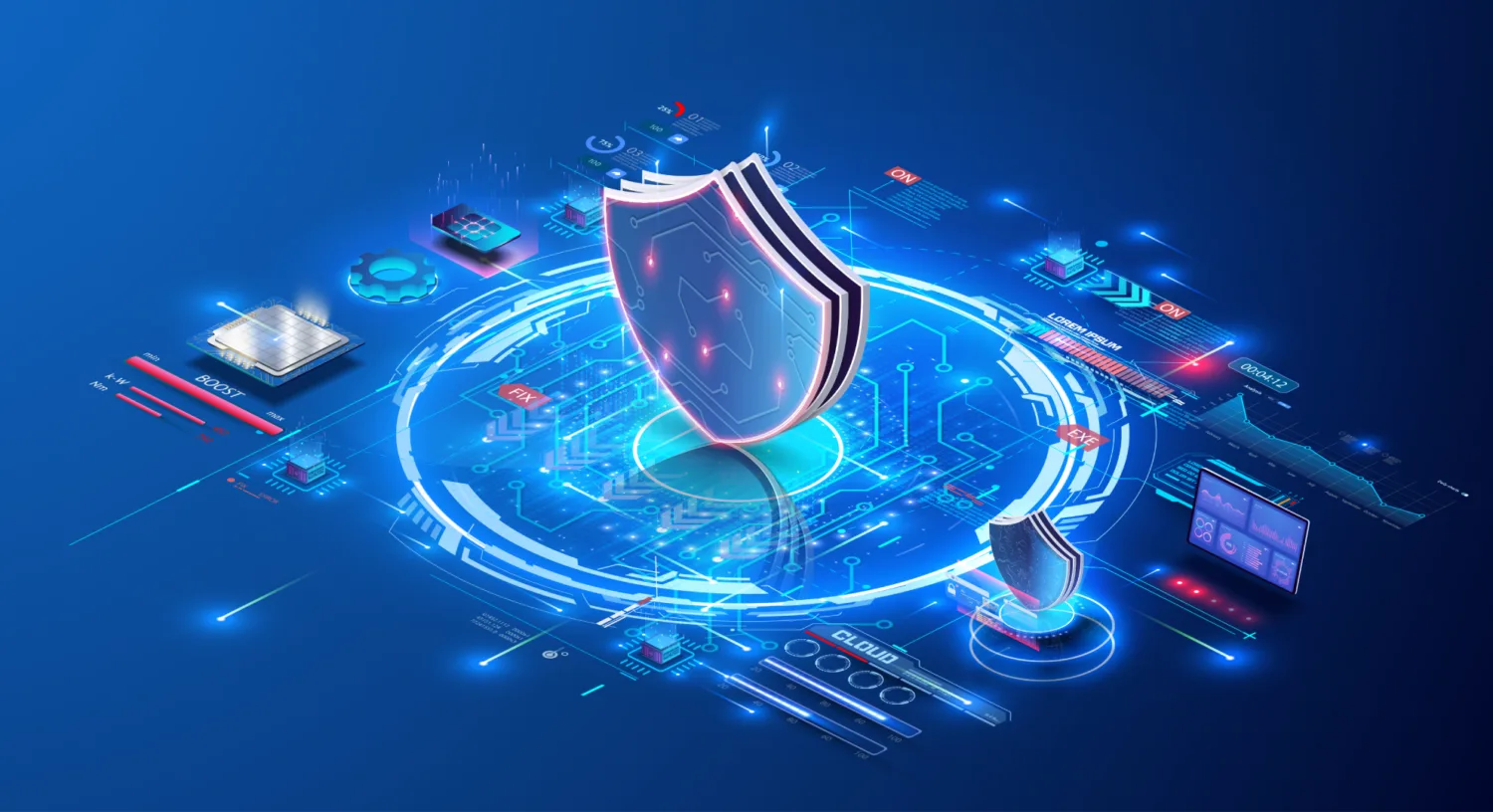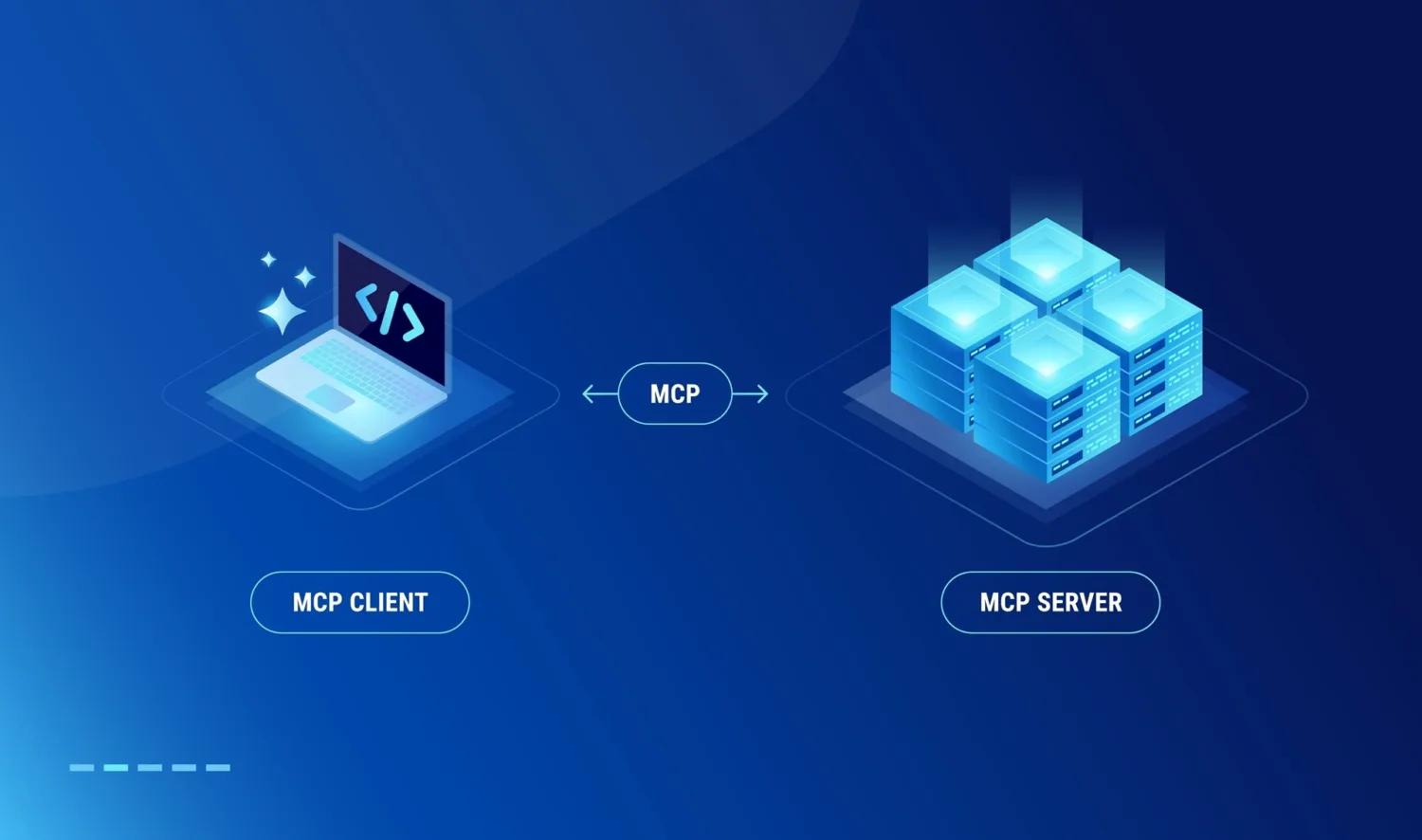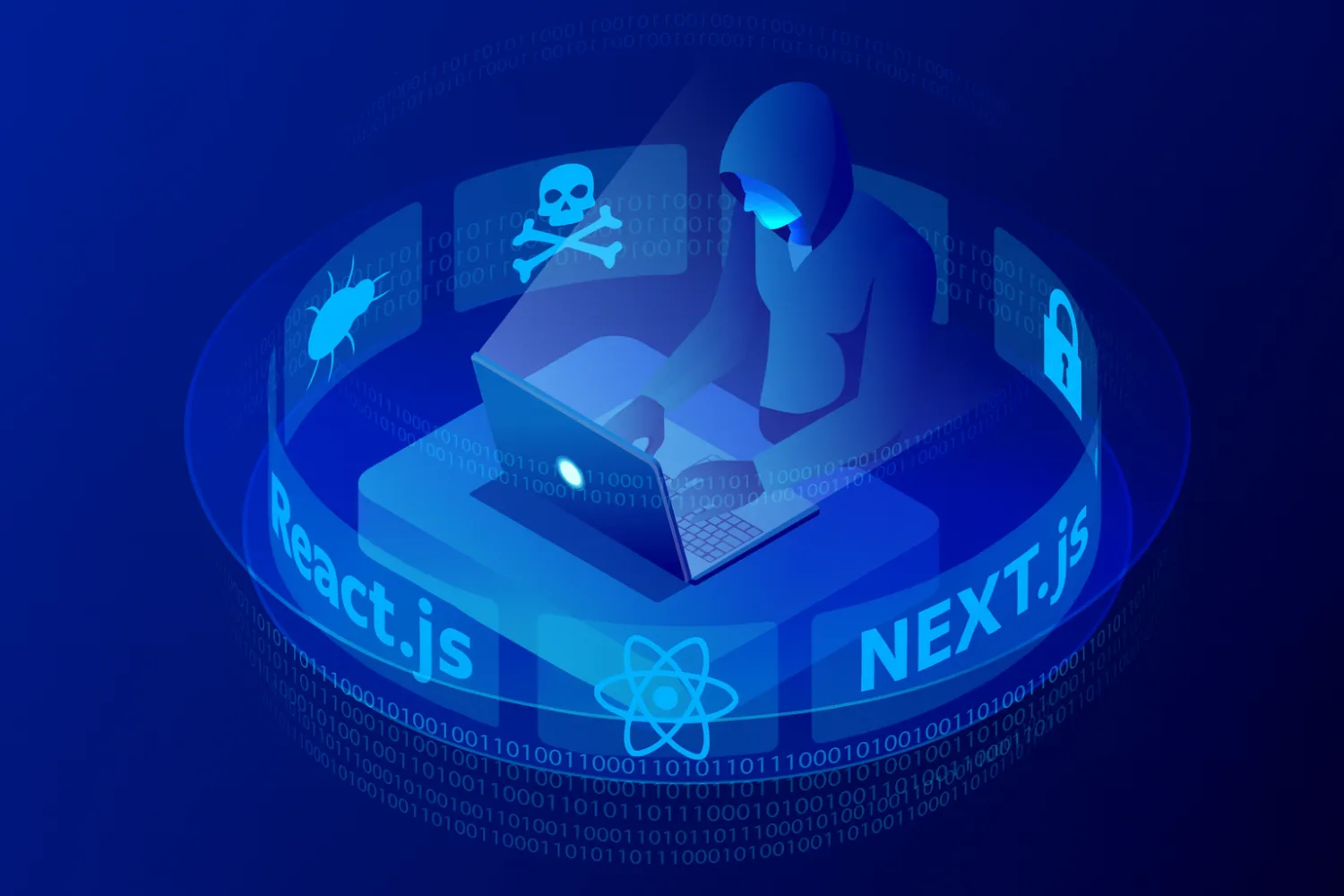Security posture is a common phrase in the world of security. From technology (Application/Cloud Security Posture Management) to reporting and processes, it’s a phrase you’ll often encounter. But what exactly does it refer to? An organization’s security posture demonstrates its cybersecurity preparedness. In a world where data breaches happen every day, and can have dire consequences for those at fault, it pays to know your security posture.
What is security posture?
Security posture and risk are often used interchangeably, but they are not quite the same thing. Security posture refers to the system’s overall state in terms of defensibility and the security measures employed to defend it across people, processes, and technology. These security measures come in the form of controls, policies, and procedures.
NIST defines security posture as: “The security status of an enterprise’s networks, information, and systems based on information security resources (e.g., people, hardware, software, policies) and capabilities in place to manage the defense of the enterprise and to react as the situation changes.”
Security posture is often represented in the form of a numerical score, with grading against many set items on a checklist or controls. For example, Microsoft Secure Score takes into account security across a range of Microsoft Services that is based on configurations, user behavior, access controls, and more.
Security Posture: People
Security posture can be measured by the level of security awareness and readiness of people within the organization. Would an employee be aware of a potential security risk through a complex phishing email? Do employees know how to respond in the case of a security incident? Do they understand information security policies? Ongoing training is the basis of any strong security posture under the ‘People’ vertical.
Security Posture: Process
Security posture can be measured by the security processes within an organization: the policies, procedures, and guidelines. Developing documented, repeatable processes to govern security hardening, monitoring, access controls, data management, and response strengthens security posture in the ‘Process’ vertical.
Security Posture: Technology
Security posture can be measured by the defensibility of an organization’s technology stack, in its hardware, software, networks, and third-party apps. These systems and their data flows can be examined by whether there is a secure-by-design approach, the controls in place to manage the systems themselves, as well as the data storage, processing, and flows through the systems.
Benefits of a Strong Security Posture
Decreases Risk of Security Incidents
A strong security posture indicates that an organization is not only at less risk of a security incident occurring but also better placed to respond quickly and limit the impact in the case of a security incident. You’ll find that as an organization’s posture becomes more secure, its risk goes down, as well as vice versa.
Boosts Company Reputation
While your security posture is an internal measure, there is no reason that you shouldn’t proudly state the processes involved to measure your security for reputational brownie points. You can also publicly display if your organization meets certain cybersecurity standards. For example, many organizations choose to undergo ISO 27001 certification to ensure that their systems meet protective levels to govern sensitive data. A strong security posture can help you stand out in the eyes of customers, as well as qualify you as an option for customers in more strictly regulated industries.
Increases Adherence to Compliance Regulations
By increasing your security posture, it will become easier to manage and adhere to compliance regulations and standards within your industry and region. This can help your organization provide more premium products and services to clients, as well as reduce the risk of breaches and fines.
What Affects Security Posture?
“Attack surface expansion is the #1 trend in cybersecurity in 2022” – Gartner
Threat Landscape
Emergent and unexpected threats are a fact of the industry. While it’s impossible to anticipate some new threats, it’s necessary to always have up-to-date information on both your systems sprawl and new threats. Threat modeling and threat intelligence can help you on these counts.
Tech Changes
New technologies introduced into your operating environment or even changes to configurations, can have an impact on your security posture. For software-focused companies, the technology landscape internally can change on a weekly or even daily basis. Risk assessments should be performed regularly to keep up with new hardware, software, and networking infrastructure changes.
Security Culture
You’re only as strong as your weakest link. If your least security-conscious employee is targeted in a social engineering attack, will they be able to spot it? By building a strong security culture among the team, the risk decreases and security posture becomes stronger.
Resourcing
Whether it’s human resourcing, funds for new tools, or management guidance, resourcing plays a large part in security posture. Without time, money, and effort, as a non-core activity, security can slip. Investing in your security management, team, and infrastructure can help maintain a good security posture.
How to Improve Security Posture
Listen: LTAPod #3: – Getting Started with AppSec
Assessing your security posture can be done either internally, or via third parties and requires doing a complete stocktake of all systems and practices in place. When organizations are undergoing a thorough initial assessment, it’s a good time to deploy systems that help report on posture on an ongoing basis. This type of continuous security is the most desirable means of ongoing assessment, as you can gauge your readiness and gaps at all times, tracked against the baseline you establish.
As mentioned, there are outside certifications such as ISO 27001 and SOC Type II to help assess security posture, as well as a range of cloud security posture assessment solutions like Microsoft Secure Score and AWS Security Scores. For application security, these can be used in combination with Application Security Posture Management from platforms like ArmorCode’s ASPM Platform for a 360-degree view of all your software assets.
To fix an inadequate security posture, you must remediate the areas where you have discovered security gaps. Prioritization of tasks here is key and third-party tools and triangulation services can assist in knowing the most urgent things to fix.
Where Armorcode Helps in Security Posture Management
If designing and developing applications is a part of your business, then it needs to be a part of your security posture assessment and management. Application Security Posture Management in ArmorCode provides ongoing visibility and reporting into your security posture across all of your deployed security scanners, as well as streamlining triaging and remediation of critical findings.



